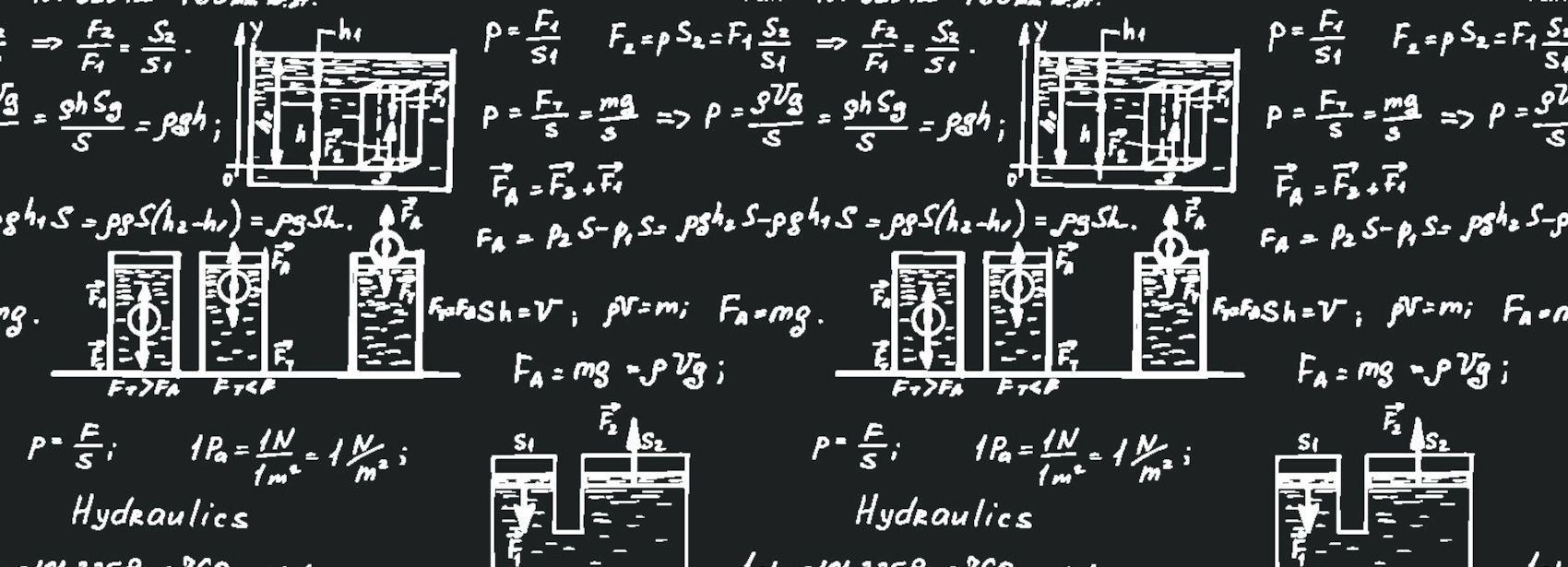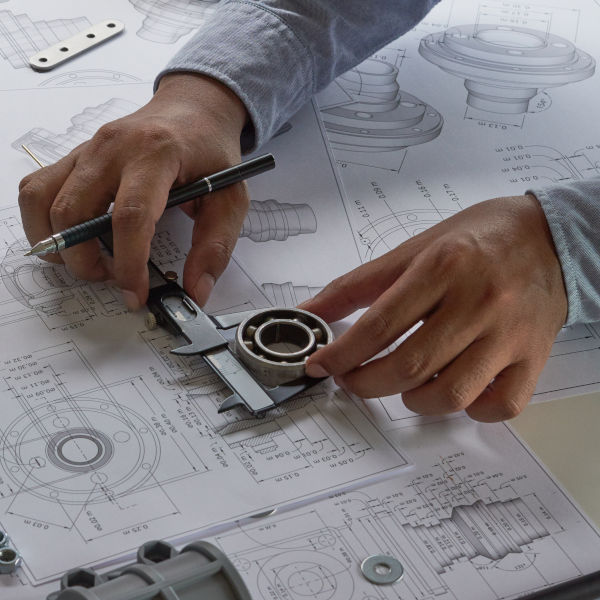

Proficiency with the following formulas will be an invaluable tool for any individual hoping to design a hydraulic system because these equations give the necessary information to effectively and securely design a hydraulic system. These formulas are used to enable engineers to compute the system's pressure, flow rate, power, torque, and other crucial variables. By effectively employing these tools, engineering professionals can avoid problems during development and create a dependable and effective system.
Firstly, here are some conversion factors which may come in handy, depending on which units you are planning on using:
1 kW = 1.34 hp
1 bar = 14.5 psi
1 cm3 = 1mL = 0.061 inches3
1 cm2 = 0.155 in2
1 Litre = 1000mL = 0.22 UK Gallons = 0.26 US Gallon
1 kg = 2.2 lbs
In addition to this, some basic principles of hydraulics:
Pressure is a measure of the resistance to flow
Load on actuators, flow resistance through pipework and components
Pressure provides the pushing force
Transmission of motor torque and cylinder forces are based on PRESSURE
Oil in a system always takes the path of least resistance
Actuator movements or leakage is always diverted back to the reservoir

Where:
Q = flow rate (litres / minute)
D = displacement of piston (cm3/ revolution)
N = pump speed (RPM)
RPM = revolution per minute
ε = efficiency
When building a hydraulic system, it's crucial to take the flow rate of the working fluid into account because it affects the actuators' speed and power. A higher flow rate will cause the actuator to move more quickly and forcefully, whereas a lower flow rate will cause the actuator to move more slowly, with less force. To guarantee effective and dependable operation, the flow rate must fit the system needs, the pump's capabilities, and those of the other components.
Where:
V = Fluid Volume (litres)
Q = Flow Rate (litres / minute)
t = Duration of the Operation (seconds)
Vr = Volume of the Reservoir (litres)
It is essential to understand a hydraulic system's fluid volume since it directly affects the system's performance and overall efficiency. Fluid volume, also known as the oil volume, in this case is how much fluid is available for system circulation and operation. If the fluid volume is too low, the system may not have enough pressure to fulfil its intended function. The system's components could also use more energy and wear out more quickly if the fluid volume is too large. The fluid volume also significantly affects the thermal behaviour of the system and the potential for air entrapment. Because of this, selecting the right fluid volume is essential for prolonging the system's lifespan whilst ensuring optimal performance.
Where:
T = Torque (Nm)
D = Displacement of Piston (cm3 / revolution)
P = Pressure (bar)
ε = Efficiency
π = Pi ≈ 3.14
Knowing the shaft torque is useful when building a hydraulic system because it allows the designer to select parts that can withstand the loads and forces that the system will experience. A hydraulic motor's torque—a measurement of the twisting force applied to an object—is essential for determining how much power the motor will generate. If the motor's maximum rating is exceeded by the shaft torque, the motor may be damaged or perhaps even fail. Torque also influences the size and durability of the shaft, the bearings, and other mechanical components of the system. Knowing the shaft torque allows the designer to ensure sure the system is strong enough to operate both reliably and safely.
Where:
Ps = Shaft Power (kW)
T = Torque (Nm)
N = Pump Speed (RPM)
ε = Efficiency
There are several reasons why a hydraulic system's shaft power is important. Firstly, it can aid the designer in making fittings and selecting components that are the right size in relation to the system power. A system's energy efficiency can also be ascertained using the shaft power; monitoring the shaft power gives the user the chance to identify losses and inefficiencies within a system and offers an opportunity for them to be addressed. Knowing the shaft power enables the designer to anticipate component wear and tear, which helps to reduce maintenance.
Where:
Ph = Hydraulic Power (kW)
Q = Flow Rate (litres / minute)
P = Pressure (bar)
ε = Efficiency
Knowing the hydraulic power required for a specific application is important when designing a hydraulic system because it allows the selection of components, like the primary mover, that are capable of meeting the power demands of the system. Hydraulic power is the amount of work done by the fluid in a system per unit of time, and is determined by the flow rate and pressure of the fluid. If the system is underpowered, it may not be able to perform the required task efficiently. On the other hand, if the system is overpowered, it can lead to unnecessary energy consumption and wear on the components. Additionally, the power requirement also helps to determine the size of the pump, reservoir, and other components of the system, which is important for proper system function and longevity. Moreover, it also helps to ensure that the system is designed to operate within the safety limits, and also to meet the specific requirements of the application, such as speed and force.

If you would like some assistance with any of your hydraulic systems design calculations, please call our friendly technical sales team today, +44(0)1172 130042, who are always on hand to offer assistance.
Vat Reg Number: 846644204 Company Registration Number: 5230249
© Copyright 2025 Zeus Hydratech | All Rights Reserved